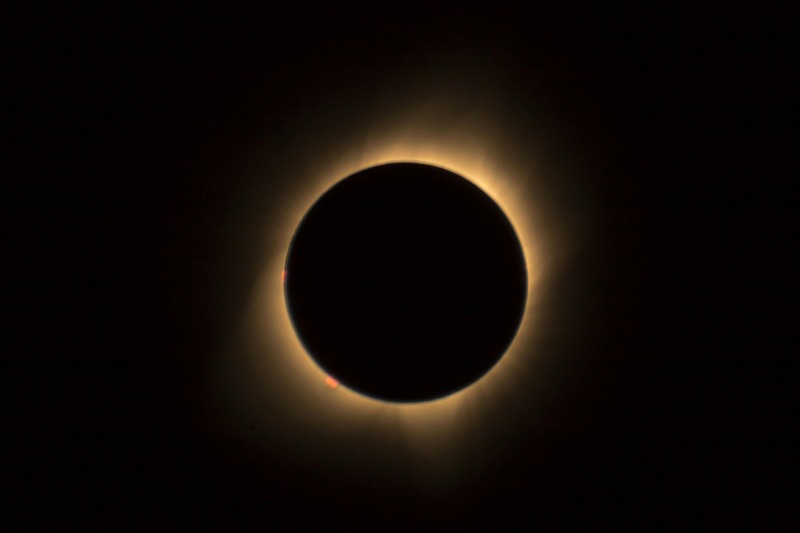
‘Ring of Fire’ Solar Eclipse: What to Know About October 2024’s Celestial Show
A lunar eclipse occurs when the Moon appears to rise in front of the Sun on October 2, 2024. Instead of completely shinning during the eclipse, the Moon will create a glowing border of light around it – hence the name “Ring of Fire” eclipse. This phenomenon is rarely observed and will last for more than six hours and is visible from many locations on the globe. But you may only get one shot at witnessing one of nature’s grandest spectacles out there.
What Makes It Special
For this eclipse, the moon will be at this one position farther away from Earth to completely hide the sun. This results in the unique ring structure that makes the eclipse very bright. Unlike a total solar eclipse where the Moon obscures the Sun completely, this one has a bright zone of sunlight around the moon. There are going to be three eclipse viewings throughout the day, beginning and ending with an eclipsed sunrise and sunset, respectively, and a mid-point viewing at mid-day.
Visibility and Timing
The solar eclipse will begin at 7:00. It starts from noon IST on October 2 and continues till 12:15 AM IST on October 3 and ends at 3:17 AM IST on October 3. Although the full annular eclipse will be viewed from areas such as Argentina, and Chile, a partial solar eclipse can be viewed from areas that include the United States, Mexico, New Zealand, and Brazil among others. Sadly, the eclipse will not be seen in India as its maximum phase occurs during nighttime. This means that to any interested viewers, it becomes very pertinent to know the best location to be during this rare occurrence.
Understanding Solar Eclipses
A solar eclipse can only be experienced if the Sun and the Moon appear in the same direction in the sky in a certain way. An annular solar eclipse is that kind, where the Moon covers only a part of the disk of the Sun, and leaves a shining halo of sunlight around it. Such an alignment is not possible very often because the moon is not in the same plane as the Earth with its orbit around the Sun. The particular time they do overlap is known as the eclipse season and this happens twice in a year.
Safety Measures for Viewing
However, it is important to once again stress that the observation of any kind of eclipse with naked eyes, directed at the Sun is very dangerous and can lead to blindness. To safely view the eclipse, observers have to use certified eclipse glasses which have to meet the international standard. Another safe way to watch the eclipse is to make a pinhole projector through which the eclipse can be seen indirectly. Teachers, local astronomy clubs, and science centers may recommend methods of observing with minimal eye damage and sometimes they arrange special activities in connection with eclipses.
Scientific Significance
Scientific investigation is made possible by solar eclipses. Scientists and astronomers observe these events to analyze the corona of the Sun, to check the theories, and to understand the solar and space environment around the Earth. Astronomers can always expect an eclipse to occur before or two weeks later, making it easier to plan for such valuable research time. The next total solar eclipse will occur only in 2026, making the one in October both special for observers and scientists.
Also Read




